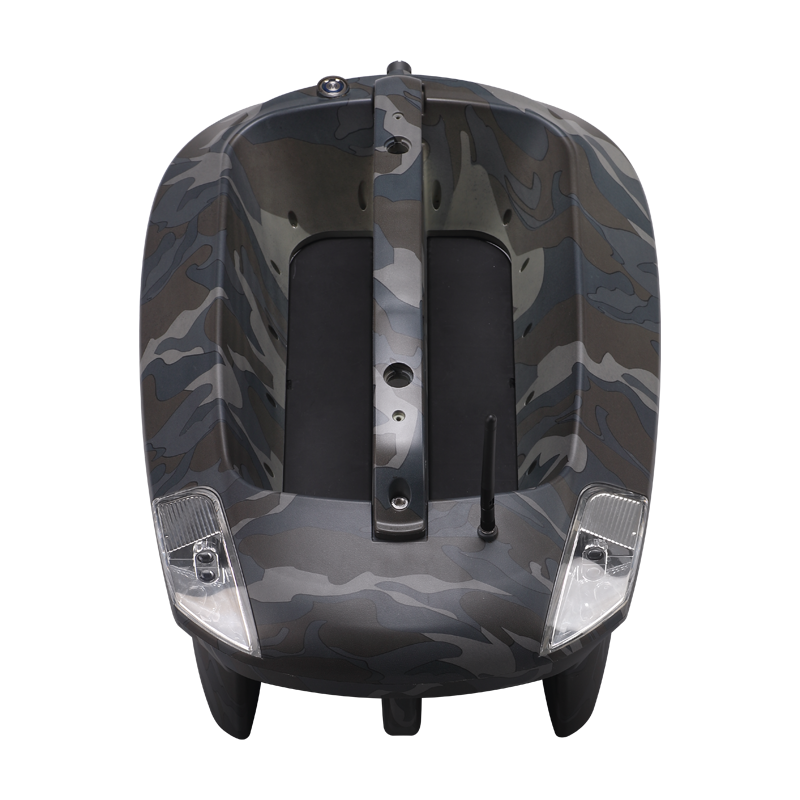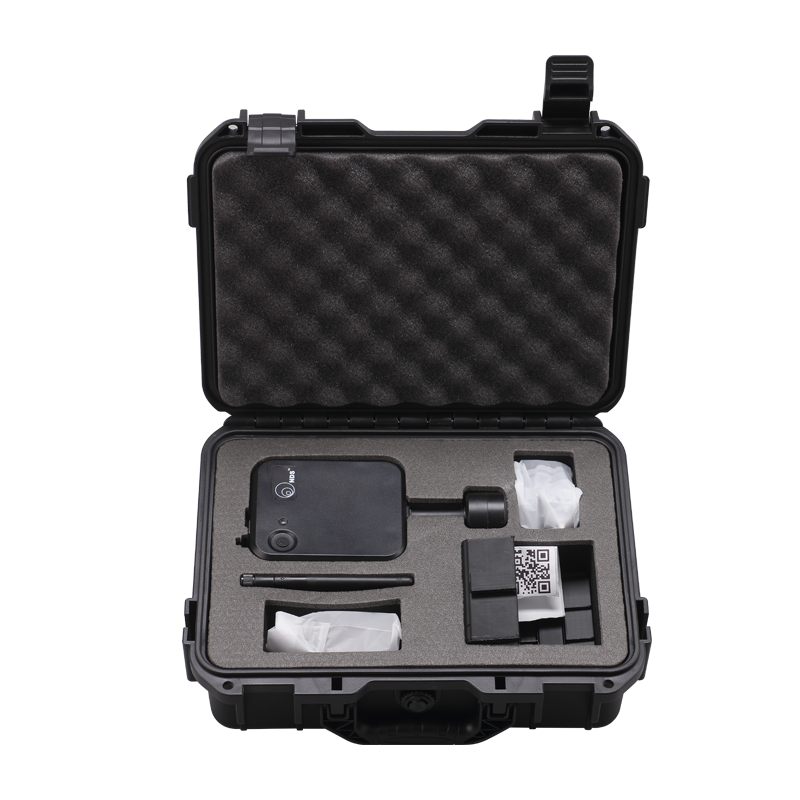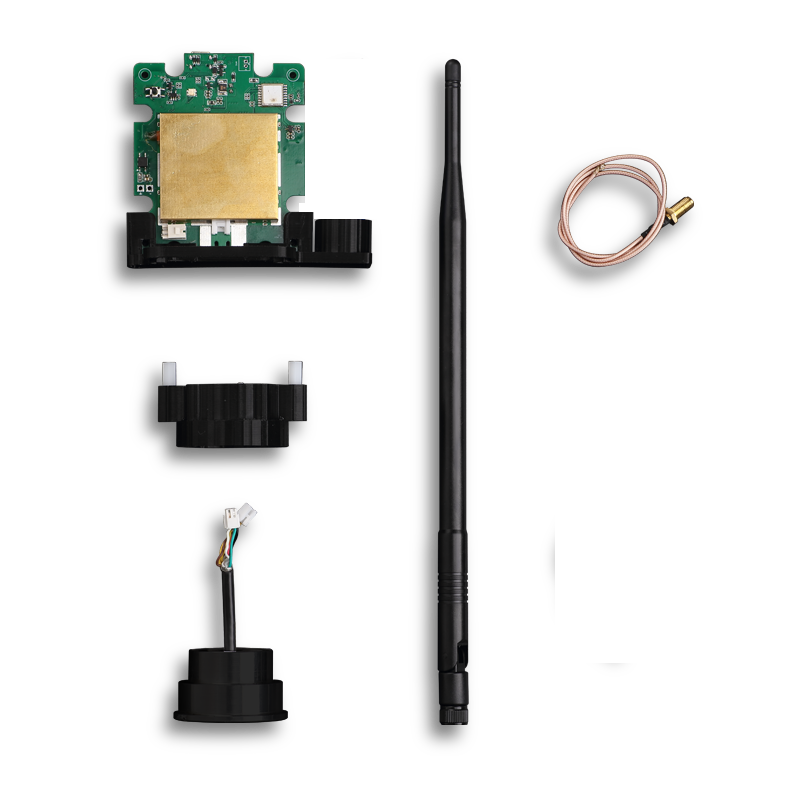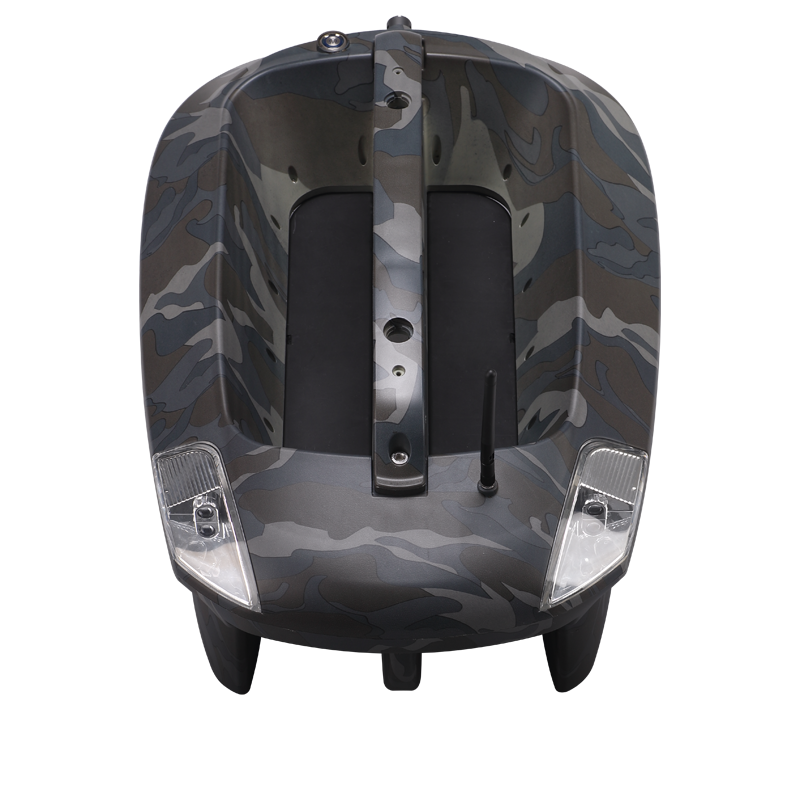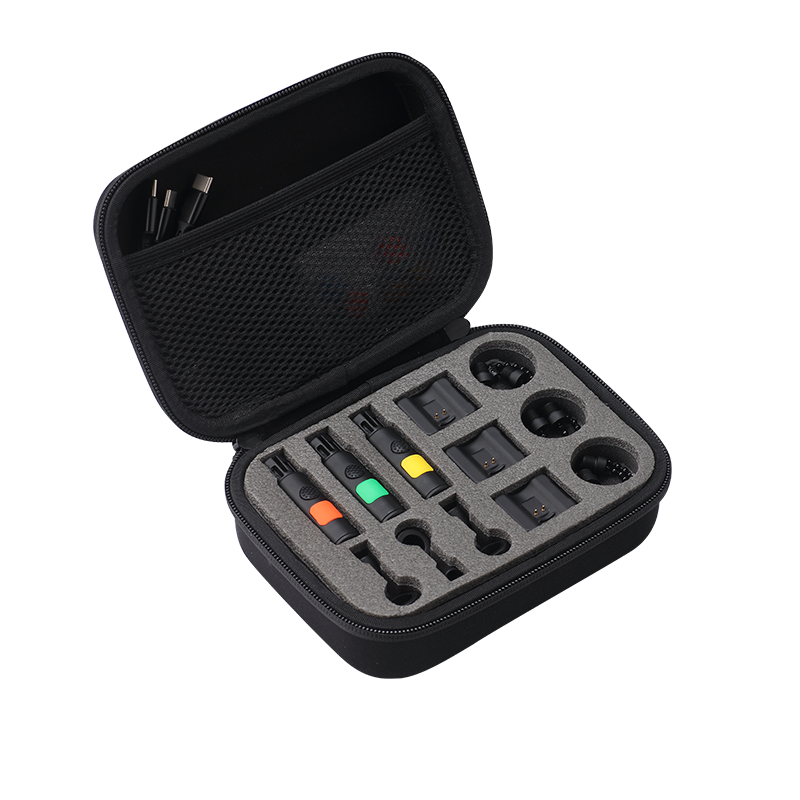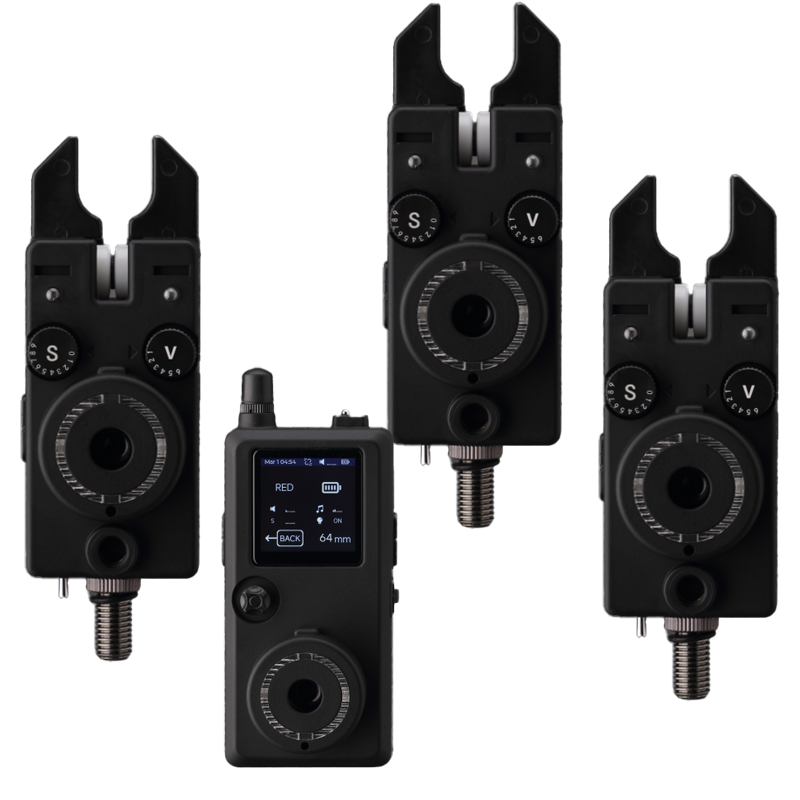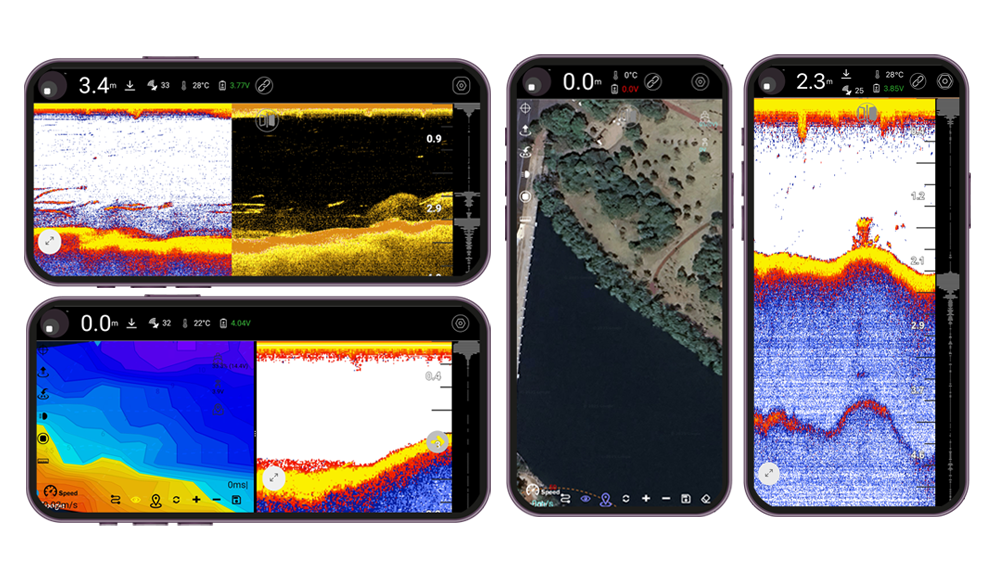
NDS FISH FINDER APP - A constantly evolving intelligent entity
After 730 days of precision engineering, 127 real-world aquatic validations, and 30+ performance-driven iterations, the revolutionary NDS FISH FINDER APP makes its global debut in 15th June 2025. This release elevates consumer fish finding technology to new heights. Every waveform optimisation and depth detection threshold has been rigorously refined, establishing NDS as the new benchmark in recreational angling tech.
1. Triple-Beam: 680k, 200k, 100k
2. Multi-GNSS: 1m accuracy
3. Hybrid Map: Google Satellite & Offline
4. Wi-Fi Extendable (Additional purchase): 300m
5. Real-Time Rewind: One-Swipe History Rewind
6. Cloud Bathymetry: GIS Export
7. Fish Arch Identification: 1cm minimum target
8. Detection depth: 0.3m-30m

Full Compatibility with V2/V3 Series
The NDS Fish Finder App supports all V2/V3 devices on the market, allowing seamless upgrades and access to new features.
Full Compatibility with V2/V3 Series

The NDS Fish Finder App supports all V2/V3 devices on the market, allowing seamless upgrades and access to new features.
With Rewind, you can quickly and easily mark spots using live data.
Then, review your recordings at home to pinpoint productive spots for your next session.
You can move sonar images and rewind historical data. The boat position will synchronously track back with the sonar data. Gently tap the boat position (or double click Sonar image) to set a spot.
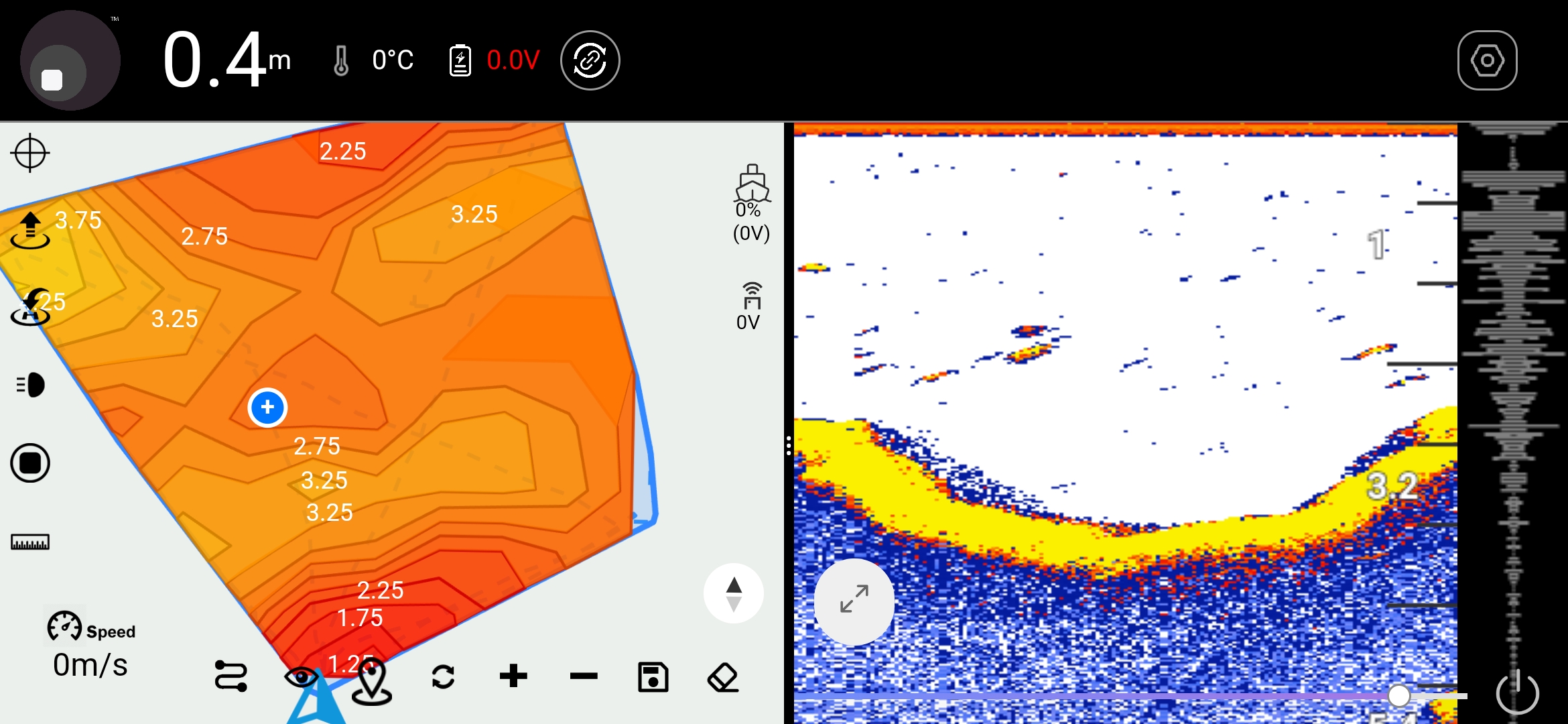
Depth Scanning
Paired with NDS Sonar, it offers triple-beam frequencies (680kHz, 200kHz, 100kHz). 680kHz ensures high-precision scanning in shallow water(0.3m), while 100kHz/200kHz optimize deep-water (30m) performance.

Depth Scanning
Paired with NDS Sonar, it offers triple-beam frequencies (680kHz, 200kHz, 100kHz). 680kHz ensures high-precision scanning in shallow water(0.3m), while 100kHz/200kHz optimize deep-water (30m) performance.


Bottom Hardness
Dual display modes (Dark/Light).
· Dark Mode: Amber→Yellow→Brown→Black indicates hard→Soft bottoms.
· Light Mode: Yellow→Red→Blue→White reflects hardness gradients.
Bottom Hardness

Dual display modes (Dark/Light).
· Dark Mode: Amber→Yellow→Brown→Black indicates hard→Soft bottoms.
· Light Mode: Yellow→Red→Blue→White reflects hardness gradients.
Fish Identification
Paired with the NDS Bait Boat, it can clearly reveal fish holding at varying depths.
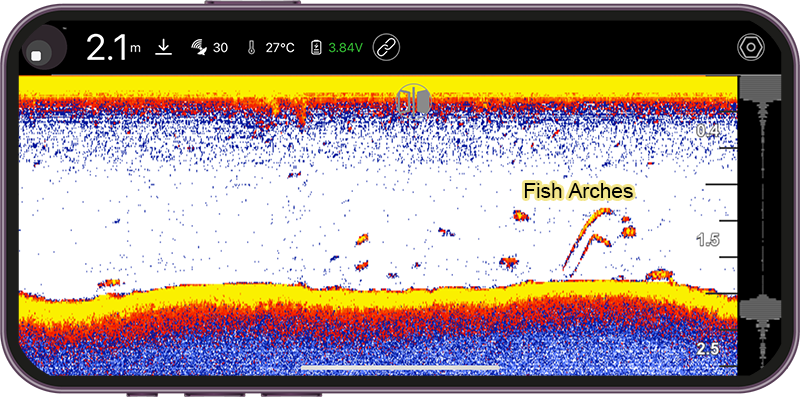
Fish Identification
Paired with the NDS Bait Boat, it can clearly reveal fish holding at varying depths.


Watergrass & Driftwood
With 680K high-precision detection covering practically all fishing situations, paired with the NDS Bait Boat, allowing you to pinpoint your 'spot'.
Watergrass & Driftwood

With 680K high-precision detection covering practically all fishing situations, paired with the NDS Bait Boat, allowing you to pinpoint your 'spot'.
Auto-Scanning & Lake Contour Mapping
Works with NDS Bait Boat to autonomously scan lakebeds and generate GEO-standard contour maps.

Auto-Scanning & Lake Contour Mapping
Works with NDS Bait Boat to autonomously scan lakebeds and generate GEO-standard contour maps.


Sensitivity Control & Clutter Filtering
The NDS Fish Finder APP processes incoming sonar returns with advanced clutter filtering.
Understanding Sensitivity:
· Lower Sensitivity Values: Preserve more detail (less filtering).
· Higher Sensitivity Values: Apply more filtering, resulting in a cleaner display.
Setting Your Sensitivity:
You can adjust the sensitivity level based on your personal preference and experience.
Our Recommended Approach:
· Start Low: Begin with a relatively low sensitivity setting.
· Increase Gradually: Slowly raise the value.
· Find the Sweet Spot: Stop when the display is readable (low clutter) but still shows good detail in the sonar returns.
As your experience grows, mastering this feature will significantly enhance your ability to locate fish and identify underwater structures.
Sensitivity Control & Clutter Filtering

The NDS Fish Finder APP processes incoming sonar returns with advanced clutter filtering.
Understanding Sensitivity:
· Lower Sensitivity Values: Preserve more detail (less filtering).
· Higher Sensitivity Values: Apply more filtering, resulting in a cleaner display.
Setting Your Sensitivity:
You can adjust the sensitivity level based on your personal preference and experience.
Our Recommended Approach:
· Start Low: Begin with a relatively low sensitivity setting.
· Increase Gradually: Slowly raise the value.
· Find the Sweet Spot: Stop when the display is readable (low clutter) but still shows good detail in the sonar returns.
As your experience grows, mastering this feature will significantly enhance your ability to locate fish and identify underwater structures.
NDS Cloud: Spot Sharing & Depth Data Storage
Store spots and sonar data in the cloud. Instantly access and review lake depth profiles on ndsonar.co.uk.

NDS Cloud: Spot Sharing & Depth Data Storage
Store spots and sonar data in the cloud. Instantly access and review lake depth profiles on ndsonar.co.uk.


Offline Maps & Google Satellite View
· Access maps without an internet connection.
· Google Satellite integration provides realistic terrain references.
Offline Maps & Google Satellite View

· Access maps without an internet connection.
· Google Satellite integration provides realistic terrain references.
NDS "2nd Returns"
A hard bottom produces an extremely powerful sonar signal. This intense return can sometimes reflect off the water's surface back down, striking the bottom a second time and creating a secondary echo.
· On Your Display: Look for a distinct, parallel line appearing below the primary bottom contour – this is the '2nd return'.
· Why It Matters: Spotting a 2nd return is a reliable indicator of a hard bottom.
· A Mark of Technical Excellence: The clear visibility of 2nd returns is a direct testament to the sonar's superior hardware performance. Our technology achieves this by enabling the transducer to deliver maximum peak power within the smallest form factor and at minimal power consumption. Combined with an optimise amplification circuitry that provides exceptional signal gain while effectively rejecting clutter, these 2nd returns become strikingly clear.
· The Performance Benchmark: Under identical bottom conditions, the clarity and presence of the 2nd return serve as definitive, hard evidence of the sonar system's overall performance capability.

NDS "2nd Returns"
A hard bottom produces an extremely powerful sonar signal. This intense return can sometimes reflect off the water's surface back down, striking the bottom a second time and creating a secondary echo.
· On Your Display: Look for a distinct, parallel line appearing below the primary bottom contour – this is the '2nd return'.
· Why It Matters: Spotting a 2nd return is a reliable indicator of a hard bottom.
· A Mark of Technical Excellence: The clear visibility of 2nd returns is a direct testament to the sonar's superior hardware performance. Our technology achieves this by enabling the transducer to deliver maximum peak power within the smallest form factor and at minimal power consumption. Combined with an optimise amplification circuitry that provides exceptional signal gain while effectively rejecting clutter, these 2nd returns become strikingly clear.
· The Performance Benchmark: Under identical bottom conditions, the clarity and presence of the 2nd return serve as definitive, hard evidence of the sonar system's overall performance capability.

